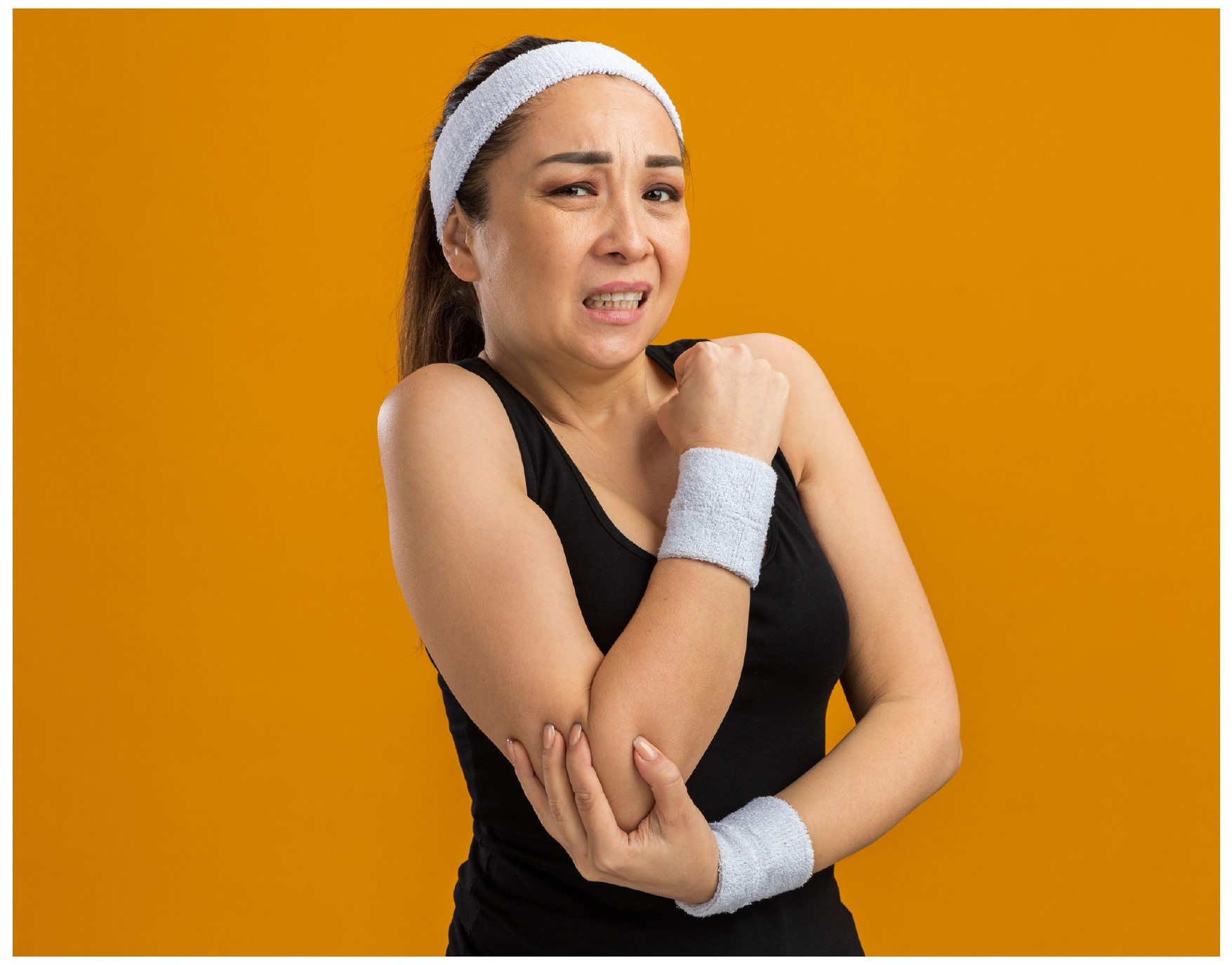
Tennis Elbow
As the name itself suggests that it is the most common condition seen in tennis players. People present with pain and tenderness on the lateral side of the elbow, some well-defined and some vague, that results from repetitive stress. Tennis elbow syndrome encompasses lateral, medial and posterior elbow symptoms. The one commonly encountered is the lateral tennis elbow which is known as the classical tennis elbow.
It is a lesion affecting the tendinous origin of common wrist extensors and is believed to be a degenerative disorder.
Clinical Features
- Patient complains of pain on the outer aspect of the elbow
- Difficulty in gripping objects and lifting them.
- Difficulty in extending the elbow
- Tenderness over lateral side of the elbow
Causes
- Epicondylitis
- Inflammation of adventitious bursa
- Calcified deposits
- Painful annular ligament
- Neurological involvement (radial nerve entrapment)
- Repetitive stress (while using laptop tops, mouse, brooming, cooking, washing etc.)
Patho Physiology
- Stage I: There is acute inflammation but no angioblastic invasion. The patient complains of pain during activity.
- Stage II: This is the stage of chronic inflammation. There is some angioblastic invasion. The patient complains of pain both during activity and at rest.
- Stage III: Chronic inflammation with extensive angioblastic invasion. The patient complains pain at rest, night pains, and pain during daily activities.
Golfers Elbow
It is a tendinopathy of the insertion of the epitrochlear muscles [flexors of the fingers of the hand flexor carpi radialis (FCR) and pronators]. Epitrochleitis is very similar to lateral epicondylitis (tennis elbow) but occurs on the medial side of the elbow, where the pronator teres and the flexors of the wrist and fingers originate. Stress and strain to these muscles will provoke the pain.


Students Elbow
Students elbow or olecranon bursitis is a chronic inflammation of the
olecranon bursa. It may be the result of repetitive minor injuries or irritation,
microcrystalline deposition. Infection occurs due to chronic friction as in students who tend to keep their elbows repeatedly over the table, bench, etc. over long periods during writing, reading, etc.

